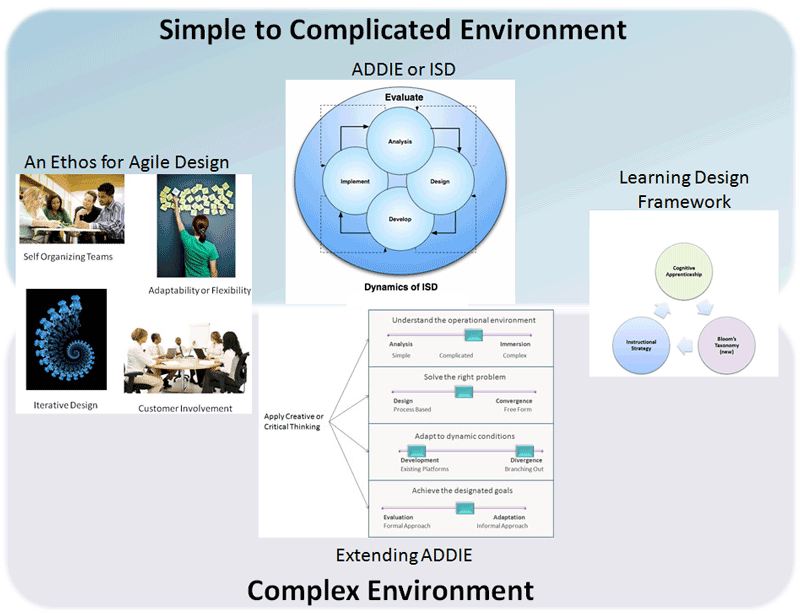Note: This site is moving to KnowledgeJump.com. Please reset your bookmark.
Distance Learning
According to Michael Grahame Moore of The Pennsylvania State University, distance learning in the United States dates back to 1881 with the founding of the Chautauqua Correspondence College (Heeger, 2007). It entered mainstream universities with the establishment of an extension division at the University of Chicago in 1892.
While it was mostly a small or niche system of learning, it was not until the late 1990s that it took off with the addition of eLearning or online learning . For example, a 1997 survey found that about 60% of public two and four-year systems were offering distance learning courses (Pascarella, Terenzini, 2005, p.100).
Distance Learning is often referred to as distributed Learning (dL) that relies primarily on indirect communication between learners and instructors that allows the learners to learn at different times, at their own pace, as well as in different places. The old way of spelling the acronym was DL, however this emphasized delivery method and learning equally, thus the correct acronym is now dL, which emphasizes Learning without focus on delivery (Markley, 2006). That is, it uses face-to-face instruction when it makes sense.
Next Steps
References
Heeger, G. (2007). Distance Learning Today. Jan 5, 2007, vol 1, issue 1. Retrieved Oct 3, 2010 from http://www.ndlw.org/DLT_Insert-issue1.pdf
Markley, J., 2006. The Army Distributed Learning Program. Training and Doctrine Command (TRADOC): presentation given at the U.S. Army Courseware Conference March, 14, 2006. Retrieved Nov, 2, 2009: http://wow.tradoc.army.mil/tadlp/presentations/dlcwconf06.pp3
Pascarella, Ernest T. & Terenzini, Patrick T. (2005). How College Affects Students. San Francisco: Jossey Bass.



